Research Program Overview
The Socioeconomic Impacts on Outcomes research domain at SCOLI employs advanced computational modeling, health services research, and epidemiological analysis to examine how social determinants of health influence spine care delivery and patient outcomes. Our multidisciplinary approach combines quantitative analysis of large healthcare datasets with qualitative research to understand patient experiences and identify systemic barriers to equitable care.
Through partnerships with healthcare systems, policy organizations, and community health centers, we investigate the complex relationships between patient demographics, socioeconomic status, geographic factors, insurance coverage, and treatment accessibility. Our research directly informs clinical practice guidelines, healthcare policy recommendations, and quality improvement initiatives.
Research Impact
Our socioeconomic impacts research program has achieved significant milestones:
- 420+ peer-reviewed publications advancing spine research and healthcare equity
- $600,000+ in active research funding supporting ongoing disparity studies
- Clinical Translation focus on developing evidence-based interventions that reduce healthcare disparities and improve patient outcomes across diverse populations
Clinical Translation
Research findings are directly integrated into clinical practice through the development of decision support tools, patient stratification protocols, and targeted intervention programs. We collaborate with healthcare administrators, policy makers, and quality improvement teams to implement system-level changes that address identified disparities in spine care delivery.
Research Inquiries Collaboration Opportunities
Mission
To understand how socioeconomic factors, education, and health literacy influence spine care outcomes and to develop evidence-based interventions that reduce healthcare disparities and improve patient outcomes across diverse populations.
Primary Research Areas
Geographic Disparities
Analysis of spine care access patterns across urban, suburban, and rural communities to identify and address geographic barriers to treatment
Health Literacy & Adherence
Research on how health literacy levels impact treatment adherence and outcomes in spine care patients
Economic Burden Analysis
Comprehensive assessment of healthcare costs and economic impact across different socioeconomic populations
Insurance Coverage Patterns
Examination of how insurance type and coverage levels influence treatment selection and outcomes
Risk Stratification
Development of algorithms that incorporate social determinants to improve patient risk assessment and care planning
Telemedicine Effectiveness
Evaluation of telehealth interventions for spine care in underserved and rural populations
Research Methodology
Our research program utilizes state-of-the-art statistical methods including machine learning algorithms, predictive analytics, and causal inference techniques to analyze multi-institutional electronic health record systems, insurance claims databases, and patient-reported outcome measures. We employ both retrospective cohort studies and prospective clinical trials to evaluate interventions designed to reduce healthcare disparities. Qualitative research components include structured interviews with patients and healthcare providers, focus groups examining barriers to care, and community-based participatory research initiatives. This mixed-methods approach ensures comprehensive understanding of both individual and systemic factors influencing spine care outcomes.
Current Initiatives
Health Equity in Spine Surgery Study
Ongoing A multi-center prospective cohort study examining socioeconomic predictors of surgical outcomes in complex spine surgery, funded through SCOLI's research program.
Rural Access to Spine Care Initiative
In Development Collaborative research with community health centers to understand and address barriers to spine care in rural Pennsylvania communities.
Telemedicine Spine Care Pilot
Planning Phase Evaluation of telehealth interventions for spine care consultation and follow-up in underserved populations.

